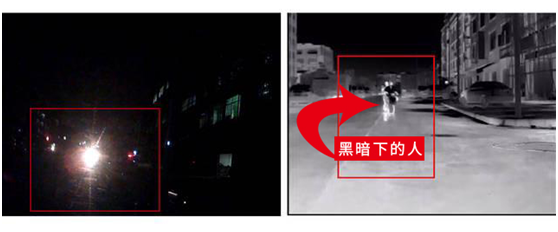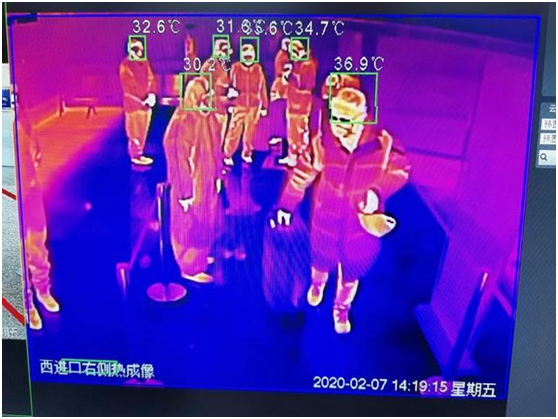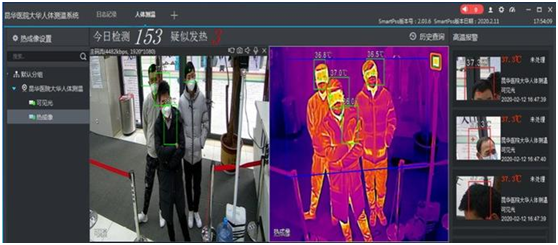The structure of the thermal imager consists of: lens + grating + detector + processing circuit. In layman's terms, infrared thermal imaging is the conversion of infrared radiation invisible to the naked eye into a thermal image visible to the naked eye.
The object radiates electromagnetic waves outward → the lens completes filtering/focusing → the grating filters out stray light → the infrared energy is projected onto the detector → the energy is converted into temperature and image through hardware and algorithms. Each pixel of the detector can be regarded as a thermistor, and the resistance changes with temperature. Therefore, electromagnetic wave energy → each pixel absorbs heat → heat causes resistance change → voltage change, and is collected, which is equivalent to energy change. (The entire detector is vacuum packaged, and the pixels are placed to absorb heat and then absorbed by the air.) The light → heat → electricity conversion reduces the system response speed, compared with common light → electrical devices.

Features of infrared thermal imagers
1. Night vision and fog penetration
Wide environmental adaptability, not affected by light, can work in completely dark conditions
2. Non-contact temperature measurement
The surface temperature of an object can be measured without release, without interference to the outside world

3. Array temperature measurement
The temperature distribution of the entire area can be measured at the same time, and the efficiency is tens of thousands of times that of a point thermometer.
4. Intuitive images
The temperature distribution can be seen through different colors, and high and low temperatures can be distinguished at a glance.

5. Real-time response
The infrared thermal imager has a very fast imaging response speed and can reflect temperature changes in real time
6. High sensitivity
Can distinguish temperature differences of 0.1°C or even smaller


